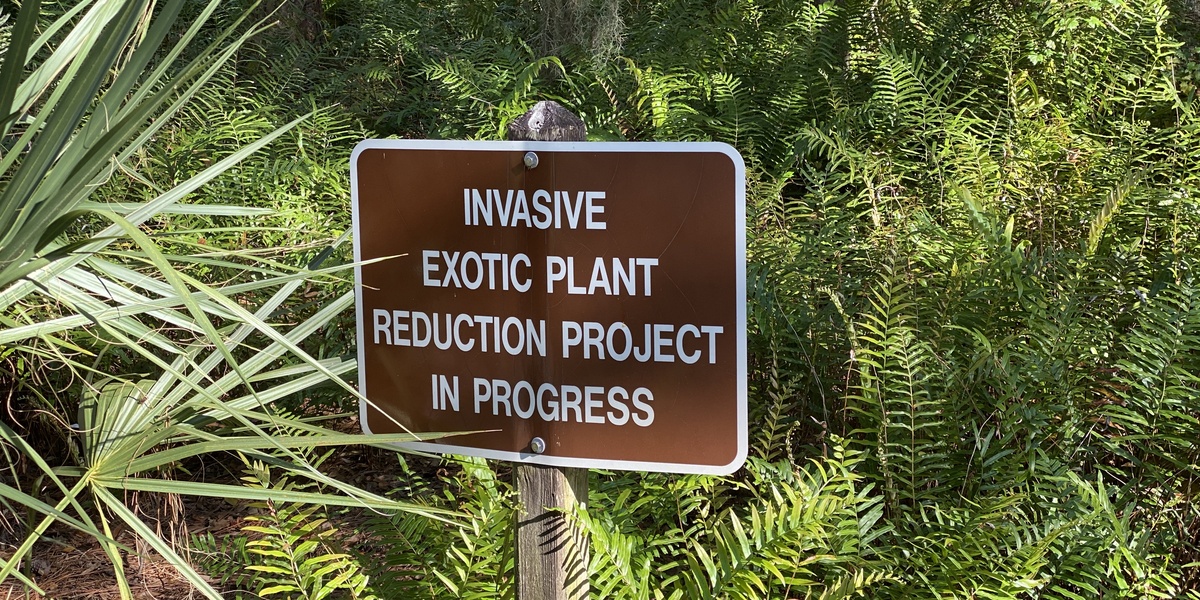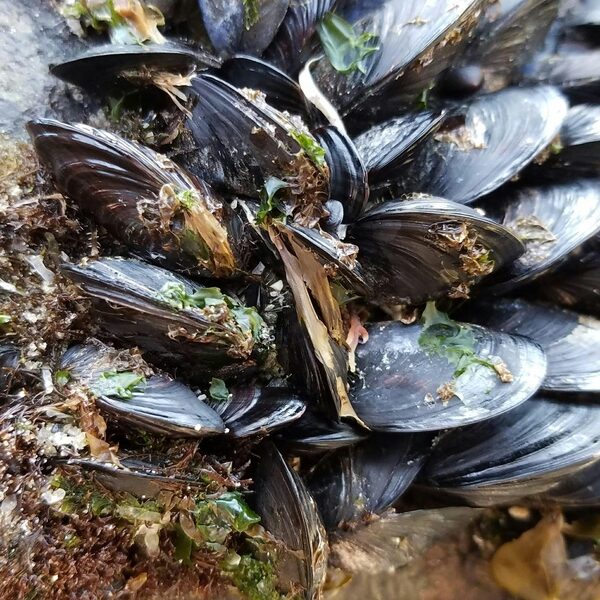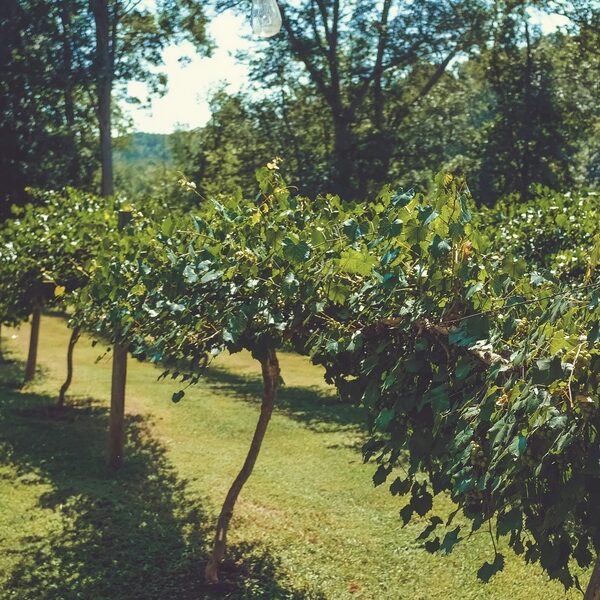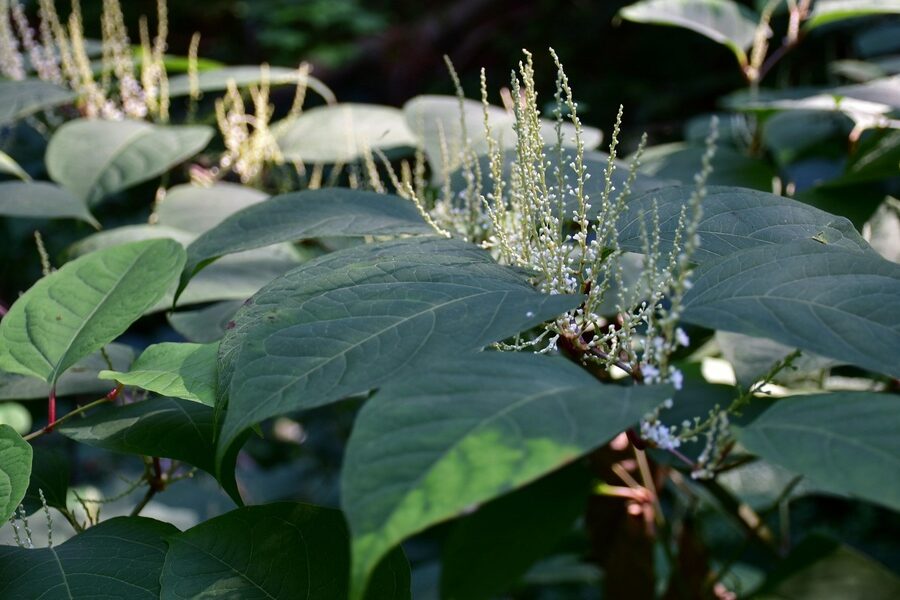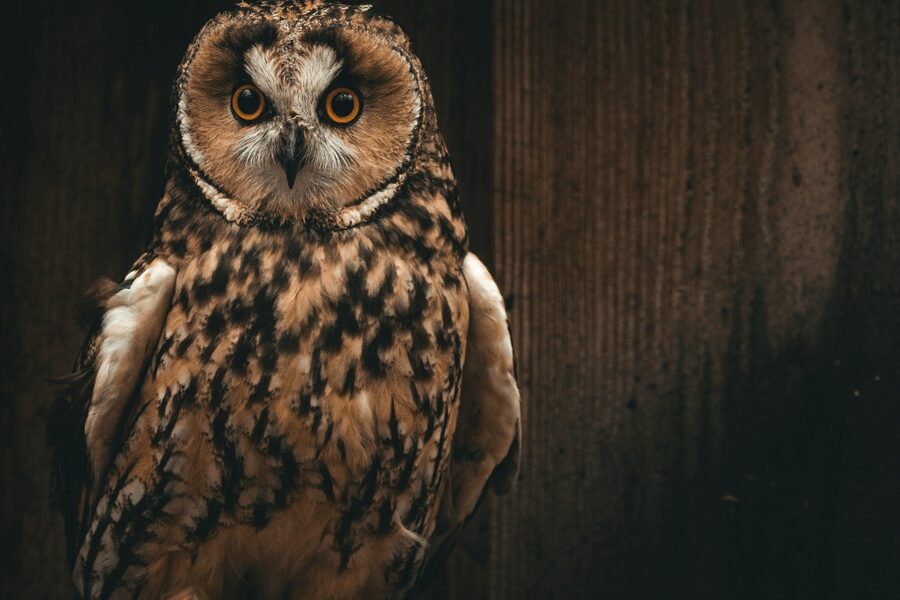Sequoia National Park, famed for its ancient giant sequoias and rugged Sierra Nevada wilderness, is a critical refuge for unique native ecosystems. However, like many protected areas, its delicate balance is constantly challenged by species introduced from other regions, threatening biodiversity and natural processes.
Understanding these threats is crucial for effective conservation. We’ve compiled a list detailing 21 Invasive Species in Sequoia National Park, ranging from the aquatic Brook trout to the pervasive Yellow sweetclover. For each entry, you’ll find details organized by its Scientific Name, Origin Region, and Primary Impact, providing a comprehensive look at their presence and effects within the park. Explore the full list below to learn more.
Why are invasive species a concern in places like Sequoia National Park?
Invasive species pose a significant threat to national parks by outcompeting native plants and animals for resources, altering habitats, and disrupting ecological food webs. They can lead to a decline in native populations, reduce biodiversity, and even change fire regimes or water availability, fundamentally transforming the very ecosystems the park is meant to protect.
What can visitors do to help prevent the spread of invasive species?
Visitors play a vital role in preventing the spread of invasives. Simple actions include cleaning hiking boots, gear, and vehicles of mud and seeds before entering and after leaving the park. Avoid transporting firewood from outside the area, as it can harbor pests. Staying on marked trails and reporting any unusual plant or animal sightings to park staff also contributes significantly to conservation efforts.
Invasive Species in Sequoia National Park
| Common Name | Scientific Name | Origin Region | Primary Impact |
|---|---|---|---|
| Cheatgrass | Bromus tectorum | Eurasia | Increases fire frequency and outcompetes native grasses |
| Medusahead | Taeniatherum caput-medusae | Mediterranean region | Raises fire risk, reduces forage quality for wildlife |
| Yellow starthistle | Centaurea solstitialis | Mediterranean region | Displaces natives and reduces forage value for wildlife |
| Himalayan blackberry | Rubus armeniacus | Europe and Western Asia | Forms dense thickets that crowd out native riparian plants |
| Tamarisk (Saltcedar) | Tamarix ramosissima | Eurasia/North Africa | Consumes water, alters soils, displaces native riparian trees |
| Scotch broom | Cytisus scoparius | Europe | Alters soils, increases fire risk, outcompetes natives |
| Spotted knapweed | Centaurea stoebe | Eurasia | Outcompetes native plants and reduces forage for wildlife |
| Diffuse knapweed | Centaurea diffusa | Eurasia | Reduces native diversity and forage, stabilizes in disturbed soils |
| Canada thistle | Cirsium arvense | Eurasia | Forms dense stands, reduces native plant diversity |
| Yellow sweetclover | Melilotus officinalis | Europe and Asia | Alters soil nitrogen and invades meadows, reducing native diversity |
| Dalmatian toadflax | Linaria dalmatica | Europe | Displaces native meadow plants and reduces floral diversity |
| English ivy | Hedera helix | Europe | Smothers native understory and can harm trees near developed areas |
| Giant reed | Arundo donax | Mediterranean/Asia | Crowds riparian zones and consumes large water volumes |
| Brook trout | Salvelinus fontinalis | Eastern North America | Predates amphibians and competes with native fish |
| Brown trout | Salmo trutta | Europe | Competes with and preys on native fish and amphibians |
| Rainbow trout (introduced populations) | Oncorhynchus mykiss (introduced) | Western North America (nonlocal stocks) | Competes with native populations and alters aquatic food webs |
| Russian olive | Elaeagnus angustifolia | Central Asia | Invades riparian zones and alters soil nitrogen |
| Tree-of-heaven | Ailanthus altissima | China | Aggressive colonizer of disturbed sites, outcompetes natives |
| European starling | Sturnus vulgaris | Europe | Competes for nest sites, harms native cavity nesters |
| House sparrow | Passer domesticus | Eurasia | Competes with native birds at developed sites |
| Mediterranean sage (black sage non-native populations) | Salvia mellifera (nonlocal) | Mediterranean | Invades disturbed slopes and alters native coastal scrub communities |
Images and Descriptions
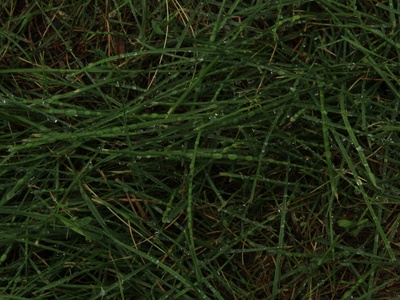
Cheatgrass
Cheatgrass invades dry meadows and foothills in Sequoia National Park, creating fine fuels that lead to more frequent, hotter fires and displace native perennial plants that local wildlife depend on.
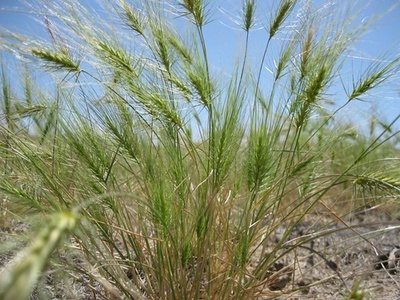
Medusahead
Medusahead forms dense stands on grasslands and disturbed slopes in Sequoia, producing silica-rich thatch that lowers native plant diversity and reduces usable forage for native herbivores.
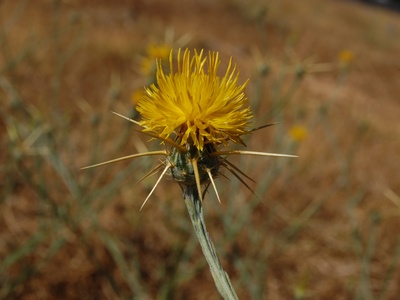
Yellow starthistle
Yellow starthistle aggressively invades meadows and roadsides in the park, forming spiny monocultures that outcompete native wildflowers and reduce habitat quality for pollinators and grazing animals.
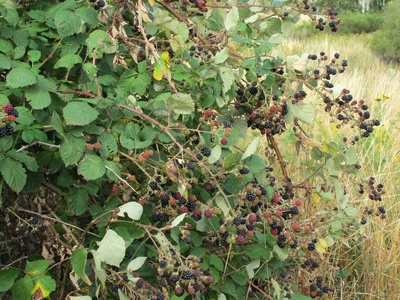
Himalayan blackberry
Himalayan blackberry colonizes streamsides and disturbed areas inside Sequoia, creating impenetrable tangles that reduce native plant diversity, alter stream access for wildlife, and complicate restoration efforts.
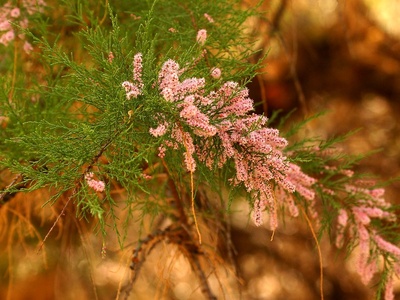
Tamarisk (Saltcedar)
Tamarisk invades riparian zones, changing soil salinity and consuming large amounts of water, which harms native cottonwoods and willow communities along waterways in and near Sequoia National Park.
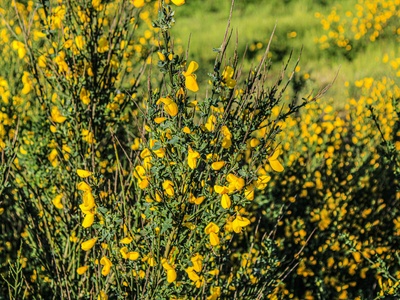
Scotch broom
Scotch broom invades open slopes and roadsides in Sequoia, fixing nitrogen that changes soil chemistry, forming dense stands that reduce native plant cover and influence fire behavior.
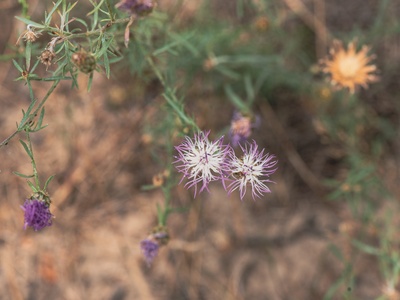
Spotted knapweed
Spotted knapweed colonizes meadows and disturbed soils in the park, secreting compounds that inhibit native plants and forming persistent stands that lower biodiversity and forage quality.
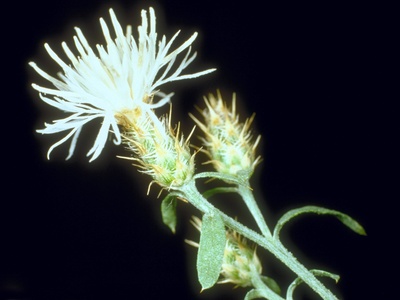
Diffuse knapweed
Diffuse knapweed establishes on bare ground in Sequoia, especially along trails and roadsides, competing with native wildflowers and making restoration of native communities more difficult.
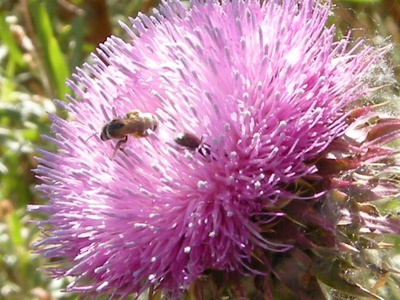
Canada thistle
Canada thistle spreads through root systems and seeds, invading meadows and disturbed sites in Sequoia, crowding out native forbs and altering habitat structure.
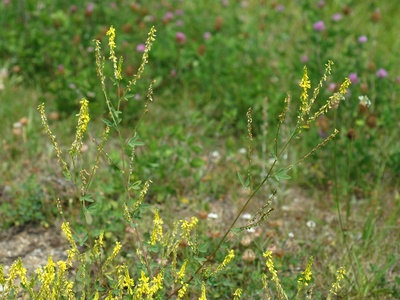
Yellow sweetclover
Yellow sweetclover colonizes wet meadows and roadsides in Sequoia, fixing nitrogen that benefits some non-natives while disadvantaging native plant communities adapted to low-nitrogen soils.
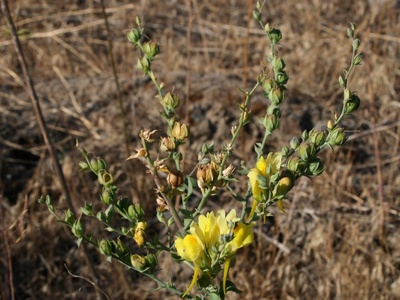
Dalmatian toadflax
Dalmatian toadflax forms persistent colonies in dry meadows and disturbed areas of Sequoia, crowding out native wildflowers and changing the look and function of montane meadows.
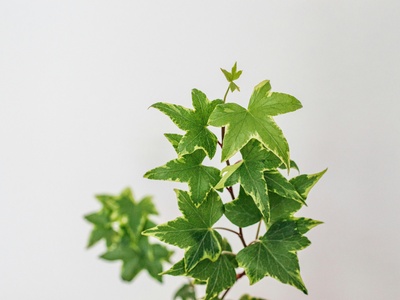
English ivy
English ivy escapes from gardens and grows in shaded riparian and campground areas in Sequoia, covering ground and climbing trees, shading out native seedlings and altering habitat structure.
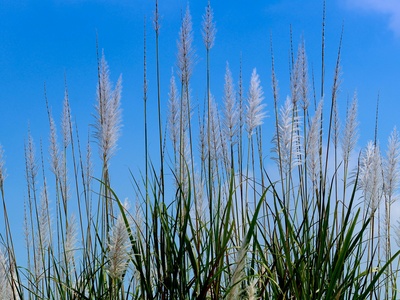
Giant reed
Giant reed colonizes stream corridors where present, forming dense stands that reduce native vegetation, alter channel structure, and consume significant amounts of water in park riparian areas.
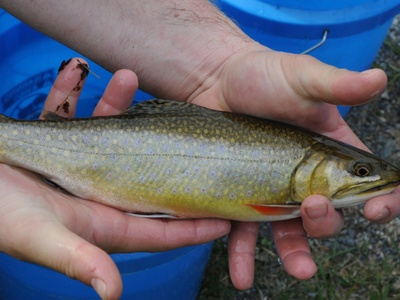
Brook trout
Introduced brook trout occupy many high-elevation lakes and streams in Sequoia, preying on native invertebrates and amphibian larvae and contributing to declines of native mountain yellow-legged frogs.
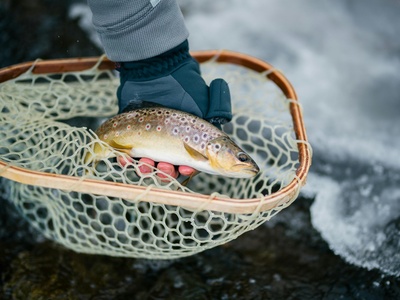
Brown trout
Brown trout introduced into park waters compete with native fish species and consume amphibians, altering food webs in lakes and streams throughout Sequoia.
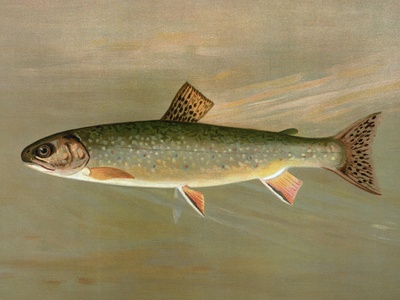
Rainbow trout (introduced populations)
Nonnative or hatchery strains of rainbow trout stocked historically in park waters can compete with native fishes and affect amphibian populations in Sequoia’s lakes and streams.
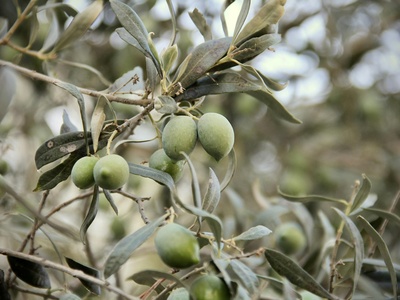
Russian olive
Russian olive has established in some riparian areas near Sequoia, producing dense stands that change streamside structure and nutrient cycling, disadvantaging native willow and cottonwood.
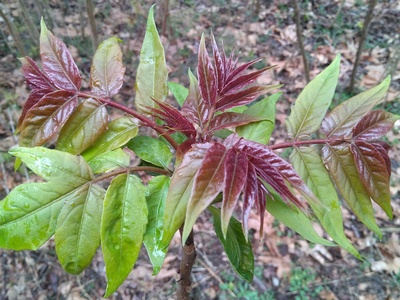
Tree-of-heaven
Tree-of-heaven appears in disturbed and developed areas of Sequoia, growing rapidly, producing many seeds, and shading out native seedlings, complicating restoration around park infrastructure.
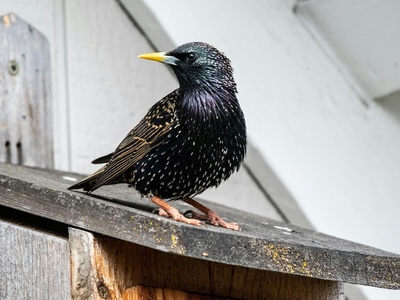
European starling
European starlings are found in lower-elevation developed areas of Sequoia, where they compete with native birds for cavities and can reduce breeding success of native species.
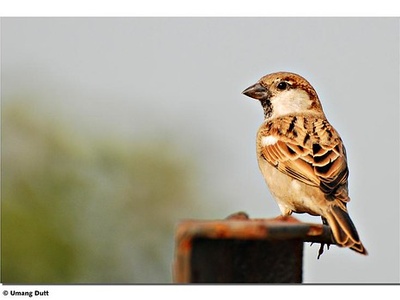
House sparrow
House sparrows frequent campgrounds and buildings in Sequoia National Park, competing with native bird species for food and nesting space around human structures.
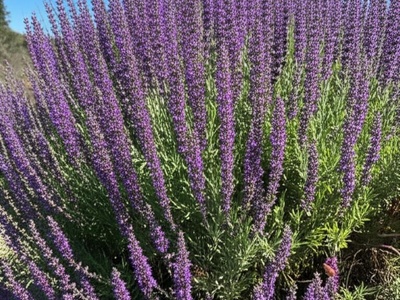
Mediterranean sage (black sage non-native populations)
Non-native stands of Mediterranean sage and related ornamentals can escape cultivation near park boundaries, changing plant community composition on disturbed slopes in Sequoia.
